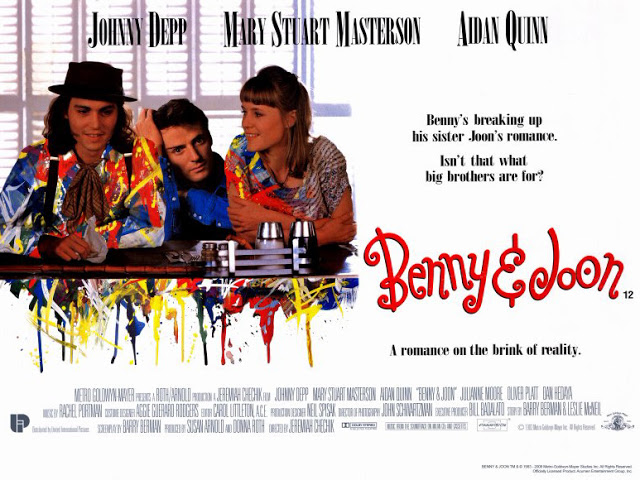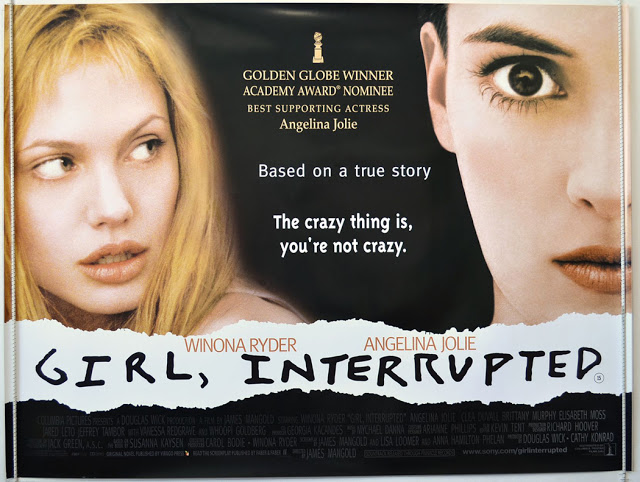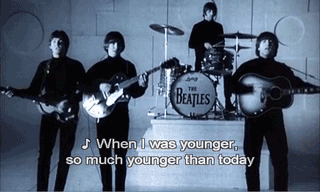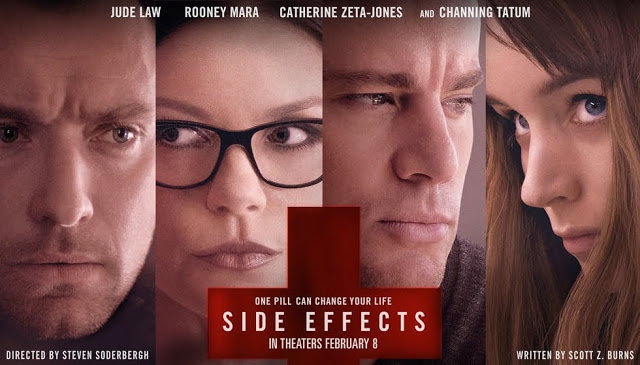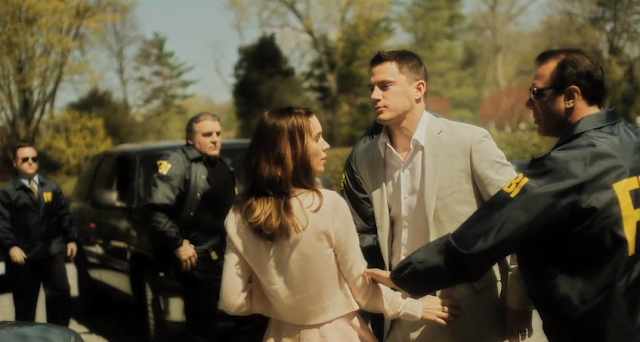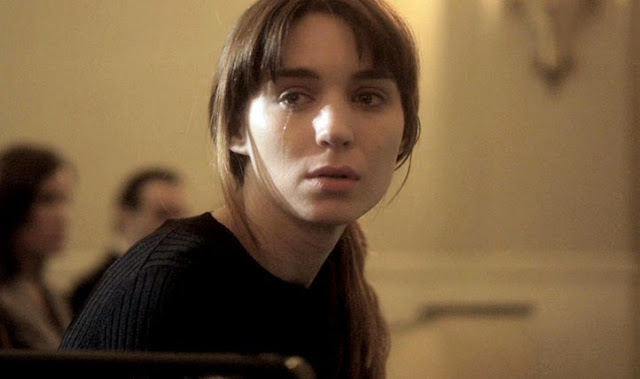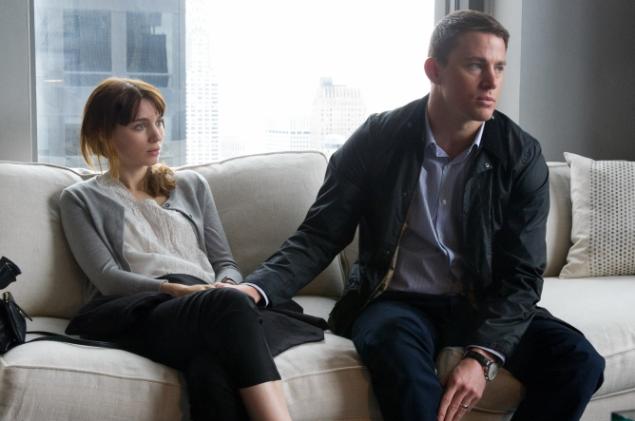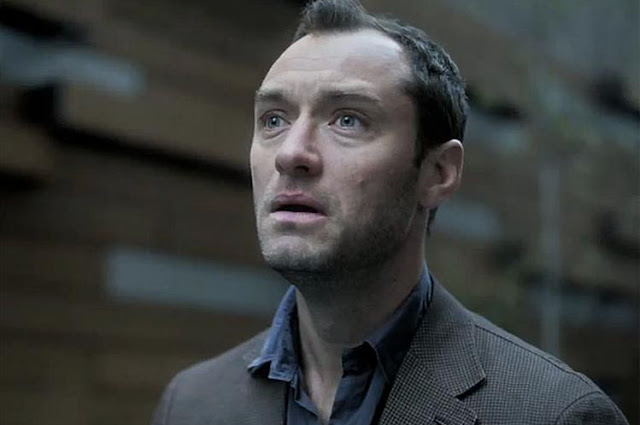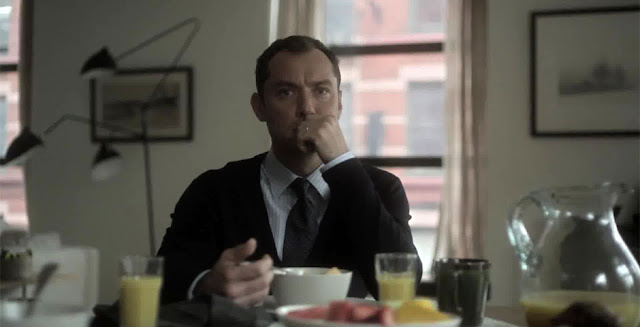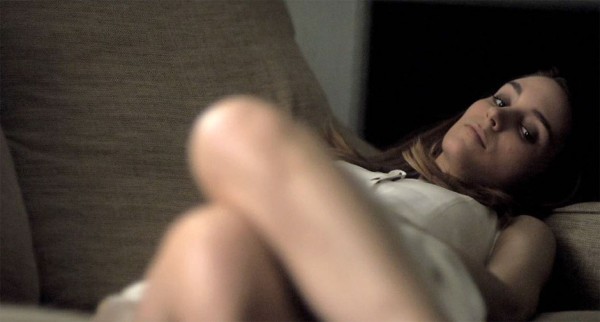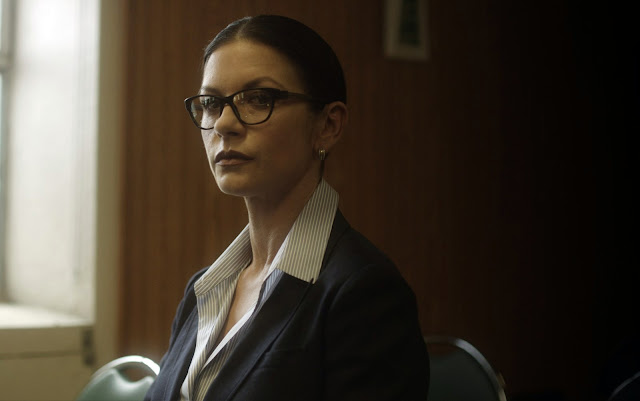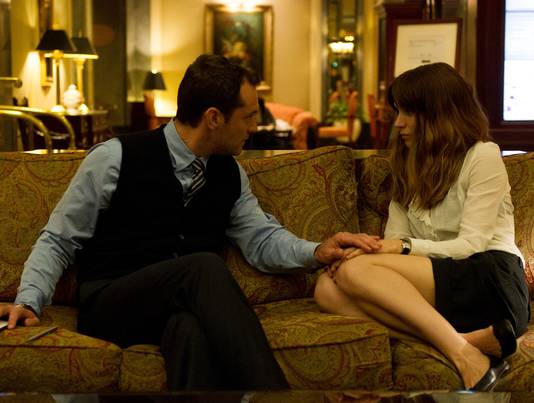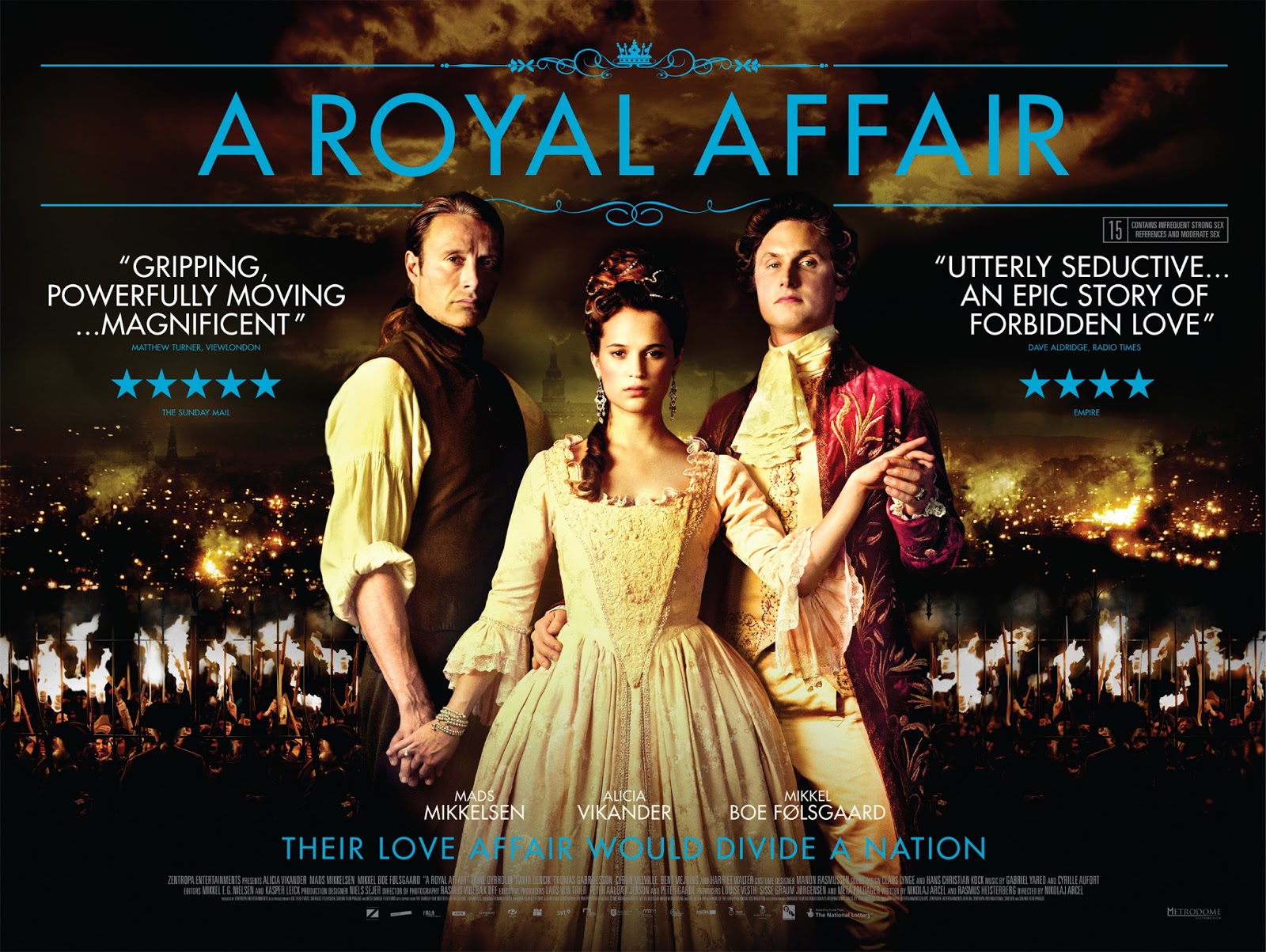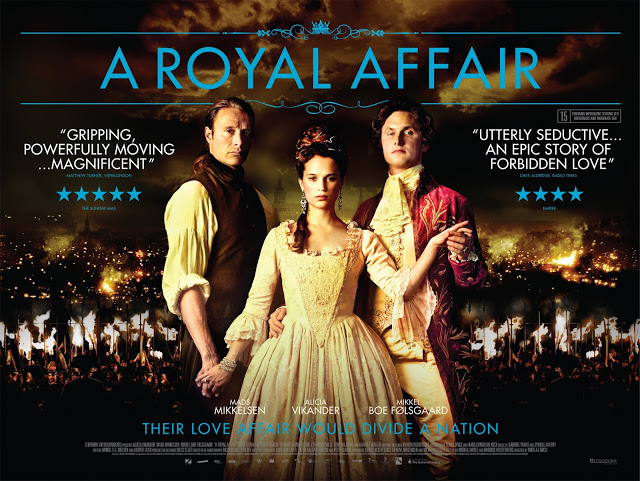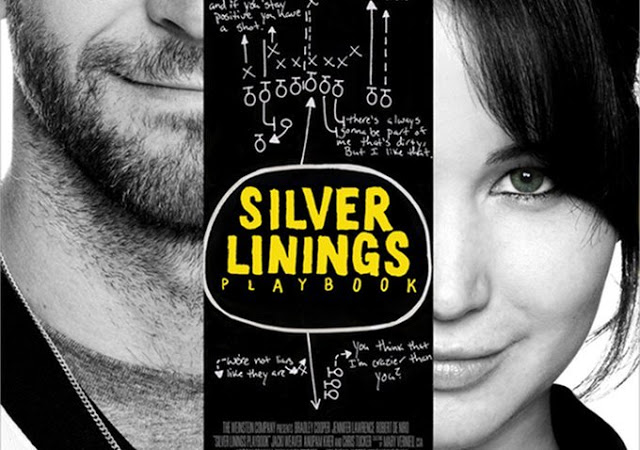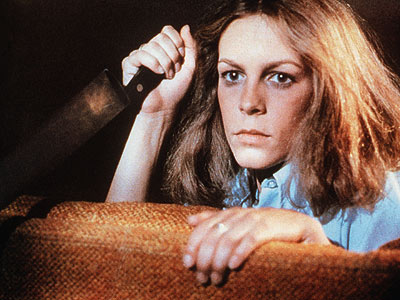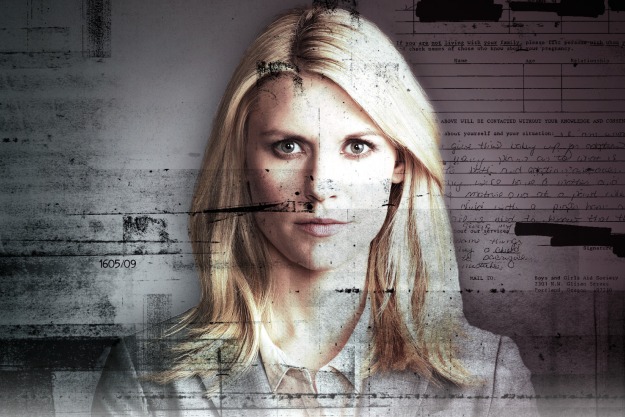 |
| Carrie Mathison, a haunted yet brilliant CIA analyst |
This post, by Leigh Kolb, first appeared at Bitch Flicks on October 10, 2012.
Warning: spoilers ahead!
I hate straight singing. I have to change a tune to my own way of doing it. That’s all I know.
— Billie Holiday
In the pilot episode of
Homeland, Carrie Mathison (Claire Danes), hurries back to her Washington D.C. apartment after a night out, and the audience sees a photo of jazz musicians and pieces of artwork emblazoned with the word “Jazz.” Jazz–the nebulous, wholly American musical genre–is improvisation. It is individualism and collaboration. It is color-outside-the-lines, boundary-pushing rhythm. It is Carrie, a CIA analyst who must push and navigate her way around the patriarchal CIA and her brilliant and bipolar mind.
Carrie shows very early on that she doesn’t strictly play by the rules. In the opening scene of the pilot, she is driving around the streets of Baghdad, headscarf down, and talking on the phone with her superior back in D.C. When she gets stuck in traffic, she simply gets out of the car and starts walking, pulling up her headscarf. She doesn’t hesitate to improvise, and is constantly navigating to make inroads that seem impossible.
The Ken Burns Jazz documentary website
states,
So while it is true that jazz is a demanding and competitive field for both men and women, it is also true that a woman who shows up for an audition or jam session with a tenor sax or trumpet in her gig bag is greeted with a special variety of raised eyebrows, curiosity and skepticism. Is she serious? Can she play? Time-worn questions about women and jazz buzz through the room before she blows a note.
 |
| Carrie’s personal and professional lives weave together–the professional trumps the personal, but her private battles threaten her career. |
When Carrie is questioning the American POW Nicholas Brody (Damian Lewis) for the first time, she is calm and firm, yet her pressing questions make her supervisor question her, as Brody is clearly uncomfortable. The CIA has moved past its extreme
“woman problem” of the 80s and 90s, but certainly it’s not immune to continued gender bias.
The audience knows that Saul (Mandy Patinkin) has been Carrie’s mentor, and he continues to be one throughout the series. This older man, who helps guide and protect a young female protagonist, is a popular trope (Ron Swanson, Jack Donaghy and Don Draper, to name a few). It makes sense to the audience that a young woman doesn’t break into the boys’ club alone, so oftentimes these male mentors serve as powerful gatekeepers to gendered worlds. Whether this trope is realistic or reductionist, or somewhere in between, is an important point of discussion (much like the fact that Carrie’s mother is an absent character and her father shares an intense connection with her as they share the same bipolar disorder–this recurrent “absent mother” trope for female protagonists is problematic to say the least).
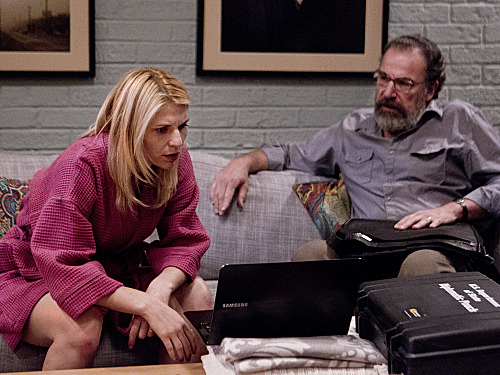 |
| Saul serves as a mentor to Carrie. (Patinkin has been outspoken about issues of television and feminism.) |
While the audience can assume that Carrie has seen and felt many “raised eyebrows, curiosity and skepticism” in her rise through the ranks, her creativity and improvisational talent give her power.
It’s ill-becoming for an old broad to sing about how bad she wants it. But occasionally we do.
— Lena Horne
In the aforementioned scene, when Carrie rushes home after a night out, she strips down to a slip and wipes her crotch with a damp washcloth while brushing her teeth. She hurriedly slips off a wedding ring as she leaves to go to work at CIA Headquarters.
Later, she goes to a jazz bar (after laboriously–not pleasurably–putting on black lace) and tells a man in a suit that she wears the ring to “weed out guys looking for a relationship.” After some obligatory flirting, she suggests they leave and go elsewhere.
When Carrie strikes up a sexual relationship with Brody later in the first season (after drunken, raw sex in her backseat), it’s always mildly unclear whether she’s doing so for professional gain. The relationship ebbs and flows in and out of her favor, and the audience realizes that Carrie enjoys sex and some level of human connection. Even when it looks and feels like a chore (as she puts on her black lace, for example), sex is something that Carrie needs. Period.
No strings, no clear ulterior motives, no obsession with marriage. Carrie’s sexual persona is as startling–and as normal–as the crotch-wipe after a night out.
The complexity of relationships and marriages is a central theme in many subplots (Brody’s wife, Jessica, believing her husband dead, has a serious relationship with his best friend; Saul’s wife struggles with his work schedule, although she is a highly successful professional herself). The relationships all reflect very realistic scenarios, and the women–supporting characters, even–are complex and whole.
Jazz is not just music, it’s a way of life, it’s a way of being, a way of thinking. . . . the new inventive phrases we make up to describe things — all that to me is jazz just as much as the music we play.
— Nina Simone
When Carrie gets up to leave the jazz bar with her catch of the night, she stops and notices Brody and his family on television. She observes the finger movements of the trumpeter, pianist and bassist, and connects them to the finger-tapping motions Brody is making on his televised press conferences. She leaves her date behind and rushes to Saul’s house, more convinced that Brody has been turned.
Carrie has a wall in her apartment dedicated to unraveling the al-Qaeda terror plot she believes Brody to be operating in. Her personal life and professional life have few boundaries (and her only clear pleasures–jazz music and sex–bleed into her career as well).
Her thought processes are very rarely black and white, as are her male colleague’s. She always seems to be trying to connect new and different dots, and looking at other pieces of stories. When Aileen Morgan and Raqim Faisel were being hunted as prime terrorist suspects, the male agents assumed Aileen was the “terrorist’s girlfriend.” It was Carrie who finally said, “Maybe she’s the one driving this…” And she was. The blonde white woman was the catalyst to their involvement with a terror plot, and Carrie had to point out the possibility that their assumptions (white woman tricked and trapped by a Middle Eastern extremist) were wrong.
A
Guardian blog post
connected the fact that a Thelonious Monk song was playing as a backdrop when Carrie drove to attend a meeting at the CIA Headquarters. The writer notes,
Monk was hospitalised at various points in his career due to an unspecified mental illness and there has been some debate about whether he could have had a schizophrenic or bipolar disorder. (In fact, jazz and schizophrenia have long been linked. It is argued that New Orleans cornetist Buddy Bolden, the ‘inventor of jazz’, improvised the music he played as his schizophrenia did not allow him to read music, evolving ragtime into a more free form of music in the process.) It is an association that positions Carrie, who takes anti-psychotics, as a ‘crazy genius’ like Monk.
Carrie’s mental and emotional well-being, as is exposed in the first season, is held together by those non-aspirin pills she takes out of the aspirin bottle every morning. Her sister gives her anti-psychotics illegally, since she would not be able to be a CIA agent if they knew she had bipolar disorder. Her tenacity, her genius and her fragility (she sobs to her sister at one point, “I’ve been on my own for a while now…”) are in constant battle. She is, very often,
on the edge.
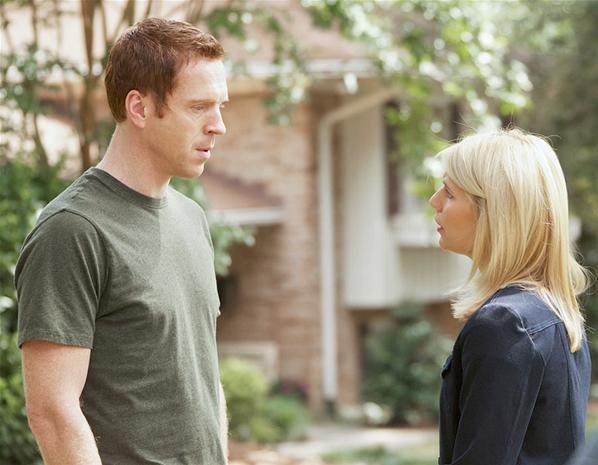 |
| Nick Brody and Carrie develop a complicated relationship, although her theories of his terrorist involvement were correct. |
When she got (many) drinks with Brody before they first had sex, she told him,
“When I was a girl, my friends and I used to play chicken with the train on the tracks near our house and no one could ever beat me, not even the boys.”
One can see Carrie’s life as an endless game of chicken, whether it’s with trains, sex, surveillance without warrants or hiding a mood disorder. That constant challenge–not unlike a call-and-response jazz pattern that encourages louder and faster feedback–both energizes and limits Carrie throughout the series.
One day a whole damn song fell into place in my head.
— Billie Holiday
Carrie’s right. She knew Brody was turned, though no one would listen. Brody’s teenage daughter, Dana (in all of her teenage angst), with Carrie’s help, figured it out as well (and
some argue it was Dana who really stopped Brody).
However, Brody stopped himself (his conscience and a malfunctioning bomb stopped him, rather, or even Dana’s phone call). He reigns in the public eye as the good guy, the rising politician, and the complexities of his terrorist motives (connected to drone strikes that killed a young boy) are difficult for the audience to make right and wrong out of. (This is, of course, what
good storytelling does.)
Carrie, however, has been found out. A hospitalization left her without her medication, and she chooses to undergo electroconvulsive therapy (ECT, or shock treatment, which is becoming more popular in the US, mostly with female
patients) to “heal” her mental disorder. The treatment makes her forget much of what she knew, and she can’t realize that she’s helped thwart another terrorist attack. Her intense guilt after “missing something” on 9/11 certainly drove her mania deeper, yet she is compelled to give up the part of herself that drives her forward with the ECT.
Just as the song is truly falling into place in her head, she loses it.
Not to discount the real and debilitating nature of Carrie’s bipolar disorder, one must also reflect upon women’s history in terms of mental illness and the diagnosis and treatment plans women were subjected to. Carrie enters into Season 2 a more domesticated woman (teaching English, gardening, attempting
“domestic normalcy”). Treatment for women’s emotional disorders–or perceived disorders–in the late 1800s and early 1900s was often the
“rest cure,” when women were isolated and kept away from mental and physical stimulation. This harmed more women than anything, and Carrie being kept from her challenging mental stimulation and work is not, most viewers would argue, good for her. This feminine fragility at the hands of a mental illness isn’t new, nor is the treatment. She’s consistently second-guessed and made to feel insecure, which leads her to doubt herself. However, Saul understands their need for her at this point in Season 2, and will hopefully continue to be her cheerleader and help her navigate the waters.
Carrie’s inner conflicts, starting from her girlhood, are repeated every episode in the show’s
opening credits. Dissonant jazz trumpets play in the background, and scenes showing a little girl’s hands playing the piano and trumpet are cut with professionals’ playing. As the audience sees pictures of a young Carrie growing up–in a mask, in a maze, smiling for the camera–news footage from America’s recent history is spliced in (from Ronald Reagan to Barack Obama, with sound bites from numerous domestic tragedies). Her sleeping eyes dart, and her panicked adult voice repeats her guilt and fear of “missing” something from ten years before. Even from this opening sequence, the audience is left tense and uncomfortable feeling and seeing Carrie’s thought patterns.
Improvising is much more difficult than reading sheet music. Jazz musicians must perform on a much different plane than classical musicians–the uncertainty, the complexity and the unexpectedness of what your fingers, or your band mate’s fingers, might do next is nothing short of terrifying. But in this game of “chicken,” the end result is a masterpiece.
Momentarily, Carrie has been relegated to the padded room of elevator music, soft and predictable.
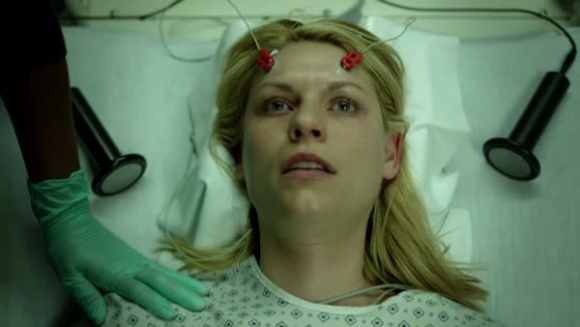 |
| Carrie chooses to undergo ECT, as she convinces herself in Season 1 that her suspicions about Brody are delusions. |
Former CIA covert-operations officer Valerie Plame Wilson, who wrote
“The Women of the CIA” nearly two years before Homeland first aired,
says of Carrie Mathison:
Carrie does not suffer from the common female need-to-please trait and, in fact, insists she is usually right. She is impulsive in a job that rewards patience and lies to the few people who can tolerate her…You root for her because those very despicable qualities also make her extraordinarily good at her mission. Danes breathes life and realism into a character who, for once, goes against the clichés of what a female CIA officer is supposed to do and look like.
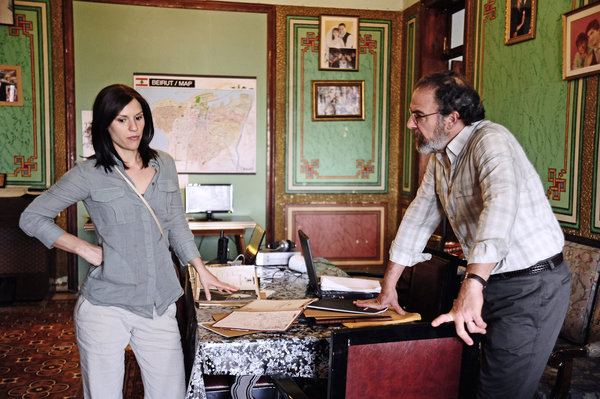 |
| Carrie is back in action in Season 2, and Saul is listening. |
Carrie, much like the female jazz musicians before her, does her best to break boundaries and succeed in the boys’ world. Perhaps she could, and hopefully she will, as long as she can both overcome her bipolar disorder while at the same time retaining the impulsive, creative, compulsive thinking that makes her brilliant.








